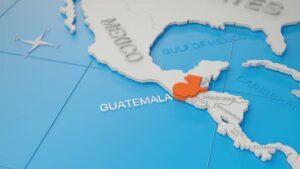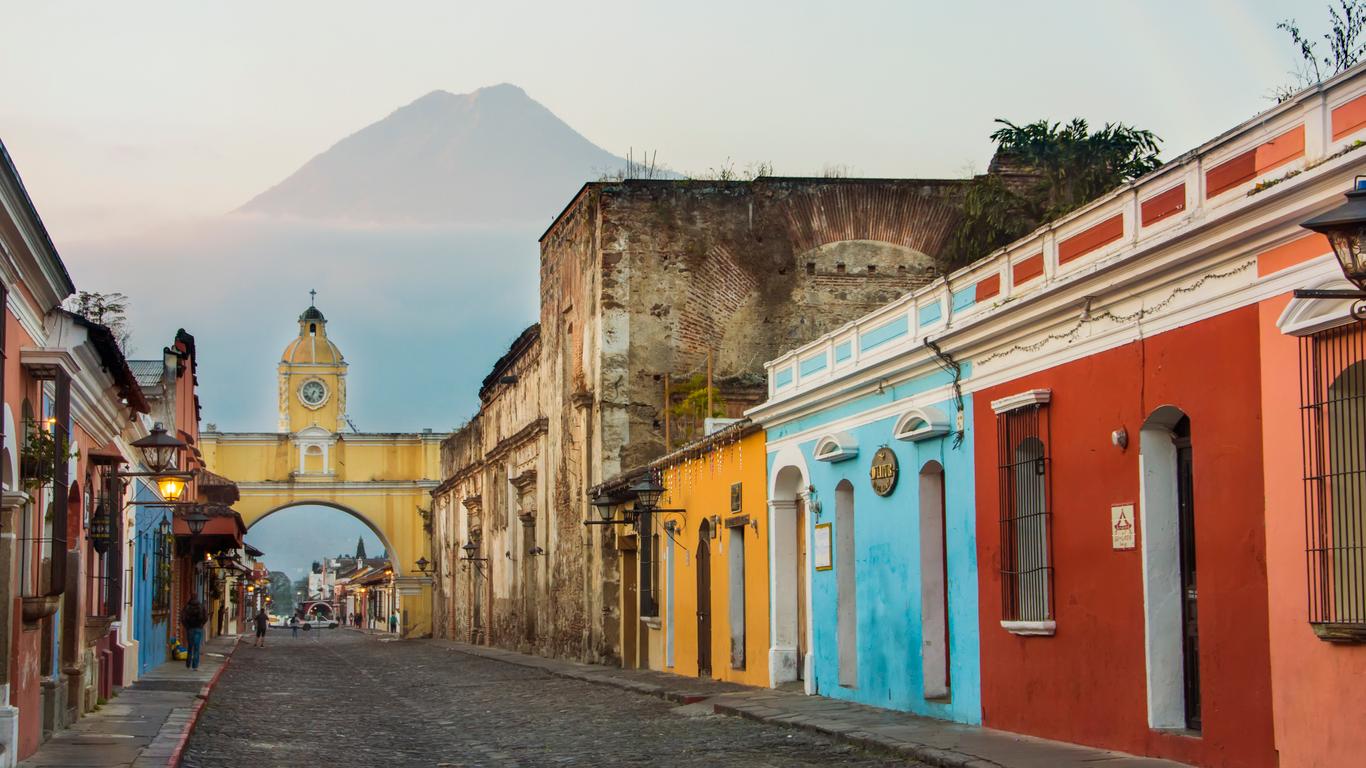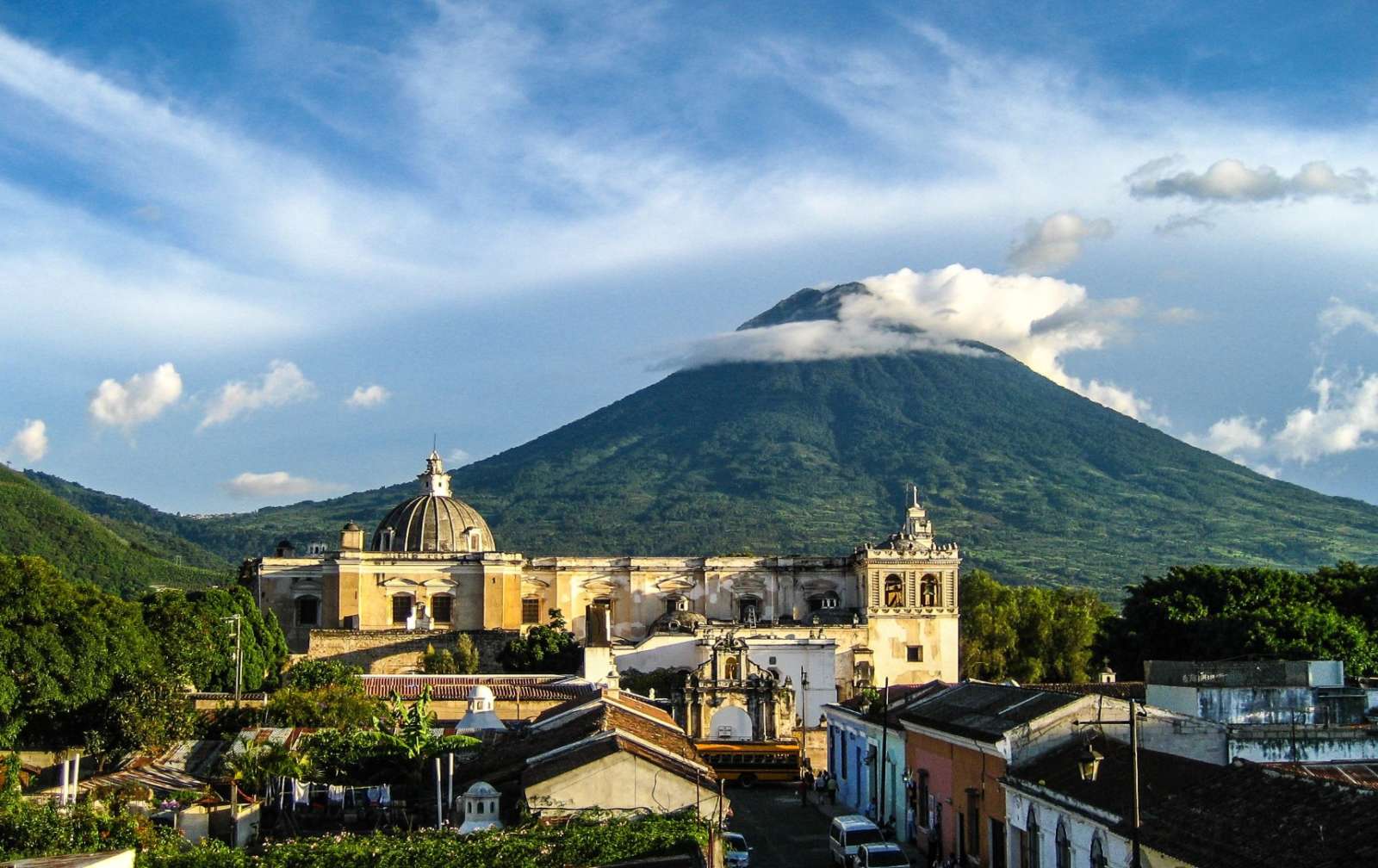
Map:te9vcjtdaa8= guatemala Understanding a country’s geography is key to appreciating its culture, history, and diversity. When it comes to Guatemala, the country’s varied landscapes and rich heritage are best explored through an in-depth look at its map. This post delves into the detailed aspects of “map Guatemala,” exploring everything from its mountain ranges to its ancient ruins.
A Glimpse at the Geography of Guatemala
Guatemala is located in Central America, bordered by Mexico to the north and west, Belize to the northeast, Honduras to the east, and El Salvador to the southeast. Additionally, it boasts coastlines along the Pacific Ocean to the south and the Caribbean Sea to the east. Understanding “map Guatemala” reveals its diverse geography, ranging from towering volcanic mountains in the highlands to tropical rainforests in the lowlands. The highland region is dominated by the Sierra Madre mountain range, while the Petén region in the north is home to dense jungles that hide ancient Maya ruins. Its geographical features play a crucial role in shaping its culture and history.
The Significance of Guatemala’s Highlands
The highlands of Guatemala form the backbone of the country, particularly the Sierra Madre mountain range. These towering mountains are not just geographical landmarks; they are home to numerous indigenous Maya communities that have preserved their traditions for centuries. A look at “map Guatemala” highlights the highlands, which are dotted with both active and dormant volcanoes, including the infamous Volcán de Fuego and Volcán de Agua. This region’s volcanic soil makes it one of the most fertile areas for agriculture, sustaining coffee plantations, vegetables, and corn, staples of the Guatemalan diet.
Volcanic Features on the Map of Guatemala
Guatemala’s volcanic landscape is one of the country’s most remarkable features. When you examine the “map Guatemala,” you’ll notice several volcanic cones, many of which are still active. Volcán de Pacaya, near the capital, is particularly popular with tourists who wish to experience an active volcano up close. The constant volcanic activity has contributed to the country’s rich soils, making agriculture thrive. However, this also means that eruptions are a part of life for many Guatemalans, especially those living near the active Volcán de Fuego.

The Lowlands and the Petén Region
In contrast to the highlands, the Petén region in the north of the country presents a different face of “map Guatemala.” This vast, flat area is covered in tropical rainforest and is home to some of the most significant Maya archaeological sites in the world, including the ancient city of Tikal. The lowlands offer a more tropical climate, with dense forests that shelter diverse wildlife. This area is less populated compared to the highlands but holds tremendous cultural and historical importance due to its Maya heritage.
Lake Atitlán: A Highlight on the Map
No discussion of “map Guatemala” would be complete without mentioning Lake Atitlán. Nestled in the highlands and surrounded by volcanic peaks, this lake is often considered one of the most beautiful in the world. Its deep blue waters, set against the backdrop of towering volcanoes, attract visitors from around the globe. Surrounding the lake are several indigenous Maya villages, each with its unique culture and traditions. A visit to Lake Atitlán offers not only stunning views but also a glimpse into the rich cultural tapestry of Guatemala.
Guatemala City: The Capital on the Map
As the largest city in Central America, Guatemala City dominates the southeastern portion of the “map Guatemala.” This sprawling metropolis is the country’s political, economic, and cultural center. With a population of nearly 3 million, Guatemala City is a bustling hub that contrasts with the quiet, rural villages that dot much of the country. The city offers modern amenities and historical sites, including museums that showcase Guatemala’s rich Maya and colonial heritage.
Antigua Guatemala: A Colonial Gem on the Map
Just a short drive from Guatemala City lies Antigua, a UNESCO World Heritage site and a must-see on the “map Guatemala.” Known for its well-preserved Spanish colonial architecture, Antigua offers a step back in time. The city’s cobblestone streets, baroque churches, and colorful facades are framed by the three surrounding volcanoes. Antigua was once the capital of the Kingdom of Guatemala, and its historical significance is evident in its many churches, ruins, and monasteries.
The Pacific Coast: A Look at the Map
Guatemala’s Pacific coastline is often overlooked in favor of its highlands and rainforests, but it plays a vital role in the country’s economy and culture. The “map Guatemala” reveals a narrow strip of land along the Pacific, home to black sand beaches formed from volcanic rock. These beaches attract both locals and tourists, offering a tranquil escape from the more bustling parts of the country. The Pacific coast is also an important agricultural region, producing sugarcane, bananas, and other crops.

The Caribbean Coast: Gateway to the Sea
Though Guatemala has only a small coastline along the Caribbean Sea, this area is no less significant. A glance at the “map Guatemala” shows the eastern coastline around Puerto Barrios and Livingston. This region is culturally distinct, with a large population of Garifuna, an Afro-Caribbean people with a unique language and traditions. The Rio Dulce, which connects Lake Izabal to the Caribbean, serves as a major waterway and is a popular destination for boaters and nature lovers.
The Importance of Rivers on the Map
Rivers play a crucial role in Guatemala’s geography. The “map Guatemala” highlights major rivers like the Usumacinta, which forms part of the border with Mexico, and the Rio Dulce, which flows from Lake Izabal to the Caribbean Sea. These rivers are essential for agriculture, transportation, and as a water source for both urban and rural communities. They also offer opportunities for eco-tourism, with activities like rafting and birdwatching attracting adventure seekers.
The Maya Civilization and Archaeological Sites
Guatemala is home to some of the most important Maya archaeological sites, and a close look at “map Guatemala” reveals their locations. The most famous of these is Tikal, a vast complex of temples and palaces located in the heart of the Petén rainforest. Other significant sites include El Mirador, which features one of the largest pyramids in the world, and Quiriguá, known for its intricately carved stelae. These sites are a testament to the advanced civilization that once flourished in this region.
Climate Zones: A Diverse Map
The “map Guatemala” also reflects the country’s diverse climate zones. The highlands, with their cooler temperatures, contrast sharply with the hot, humid lowlands of the Petén and the Pacific coast. Guatemala’s climate is largely determined by its altitude, with the highlands experiencing temperate weather year-round, while the lowlands have a tropical climate. This diversity in climate has allowed for a wide range of ecosystems, from cloud forests to coastal mangroves.
Agriculture and the Land
Agriculture is a significant part of Guatemala’s economy, and the “map Guatemala” illustrates the regions where different crops are grown. The fertile volcanic soils of the highlands are ideal for growing coffee, Guatemala’s most famous export. The lowlands, particularly along the Pacific coast, are used for large-scale production of sugarcane, bananas, and palm oil. The diverse geography of Guatemala allows for the cultivation of a wide variety of crops, making it a key agricultural producer in the region.

The Role of Indigenous Communities
Indigenous communities are an integral part of Guatemala’s cultural landscape, and the “map Guatemala” highlights the areas where these groups are most concentrated. The highlands, in particular, are home to many Maya groups, each with its language, traditions, and way of life. These communities have preserved their culture despite centuries of colonization and modernization. Their influence is evident in the country’s textiles, food, and festivals, making Guatemala a vibrant and culturally rich nation.
Transportation Networks on the Map
Navigating Guatemala can be challenging due to its rugged terrain, but the “map Guatemala” shows the main transportation networks that connect the country. The Pan-American Highway runs through the highlands, connecting Guatemala City to Mexico in the north and El Salvador in the south. Other key routes include the road to the Caribbean coast and the various smaller highways that wind through the mountains and valleys of the interior. Public transportation is also available, with buses serving even the most remote villages.
Natural Disasters and the Map
Guatemala’s location along the Pacific Ring of Fire makes it prone to natural disasters, and the “map Guatemala” can give you a sense of the areas most affected by volcanic eruptions and earthquakes. The western highlands, in particular, are at risk due to the many active volcanoes in the region. Additionally, the country experiences tropical storms and hurricanes, particularly along its Caribbean coast. Understanding the geography of Guatemala is crucial for disaster preparedness and management.
The Role of Tourism in Guatemala
Tourism is an important part of Guatemala’s economy, and the “map Guatemala” highlights the main areas of interest for visitors. From the colonial charm of Antigua to the ancient ruins of Tikal, Guatemala offers a wide range of attractions. Lake Atitlán, the Maya highlands, and the beaches of the Pacific coast all draw visitors looking to experience the country’s natural beauty and cultural heritage. Tourism has brought economic opportunities to many areas, but it has also raised concerns about sustainability and the impact on local communities.

Conclusion
map:te9vcjtdaa8= guatemala offers a fascinating insight into the country’s geography, culture, and history. From its volcanic highlands to its tropical lowlands, Guatemala’s diverse landscape has shaped its people and their way of life. Understanding the map of Guatemala is essential for anyone interested in exploring this Central American nation, whether you’re a tourist planning your next adventure or a student learning about the region’s rich history.
Read Also: Planning Your Dream Beach:hgzmr2pyt8u= Destination Wedding
